These two artistic props are embellished with mysterious and sacred cultural features so the Khmer people have preserved the craft of making mao and masks for many years and passed it down to family members.
The Khmer people in southern Vietnam call hats, which are designed in the shape of heads of characters and sacred animals in their spiritual culture,
mao. Together with the masks,
mao are a very important part of the costumes used in theatrical performances.
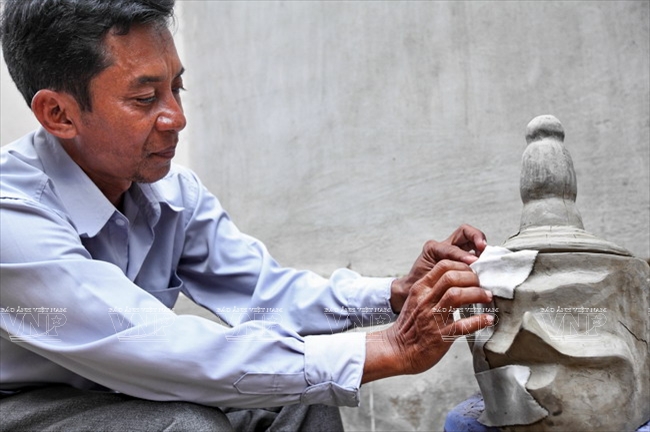
To make masks or mao, Khmer artisans need to cover the clay or cement moulds with fabric or paper.
Photo: Nguyen Luan/VNP
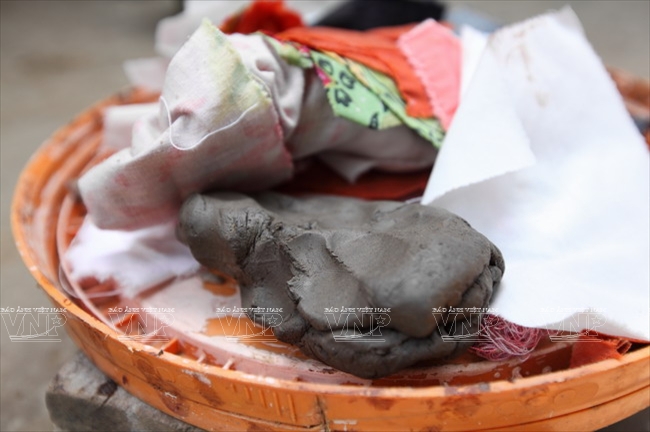
Materials needed to make mao and masks consist of fabric, paper and clay. Photo: Nguyen Luan/VNP
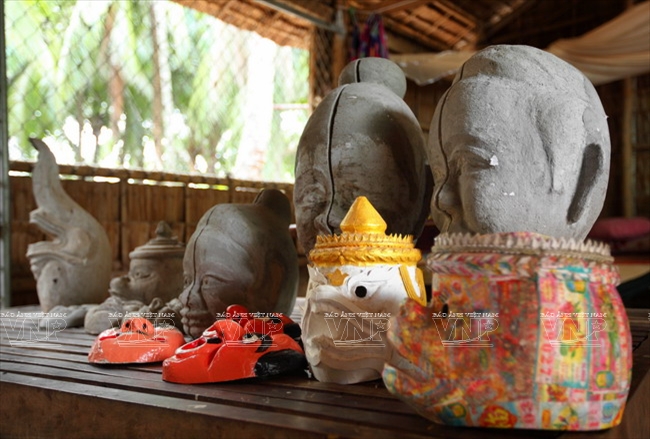
Some people use cement to make moulds in order to reuse them. Photo: Nguyen Luan/VNP
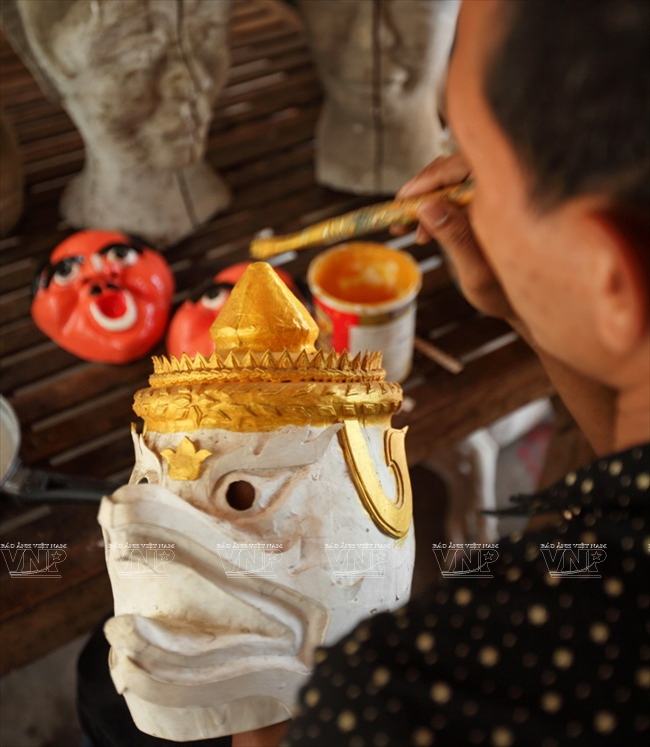
Each type of mao and mask has it own style of decoration with specific colours and patterns.
Photo: Nguyen Luan/VNP

The art of making traditional mao and masks is handed down from generation to generation. Photo: Nguyen Luan/VNP
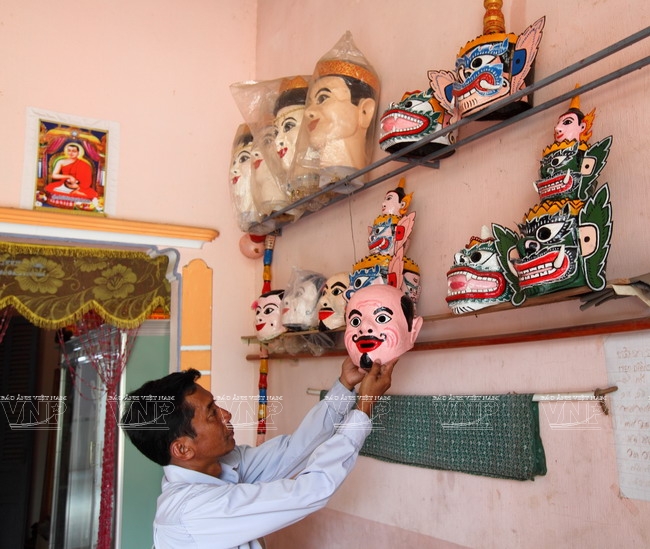
Artisan Kim Manh in Tra Cu District, Tra Vinh Province has been involved in making mao and masks
for nearly 30 years. Photo: Nguyen Luan/VNP

Artisan Kim Manh acknowledged that mao and masks makers are very knowledgeable about Khmer culture.
Photo: Nguyen Luan/VNP

Mao and masks are indispensable parts of the costumes used in traditional performances
of the Khmer people in the south. Photo: Nguyen Luan/VNP
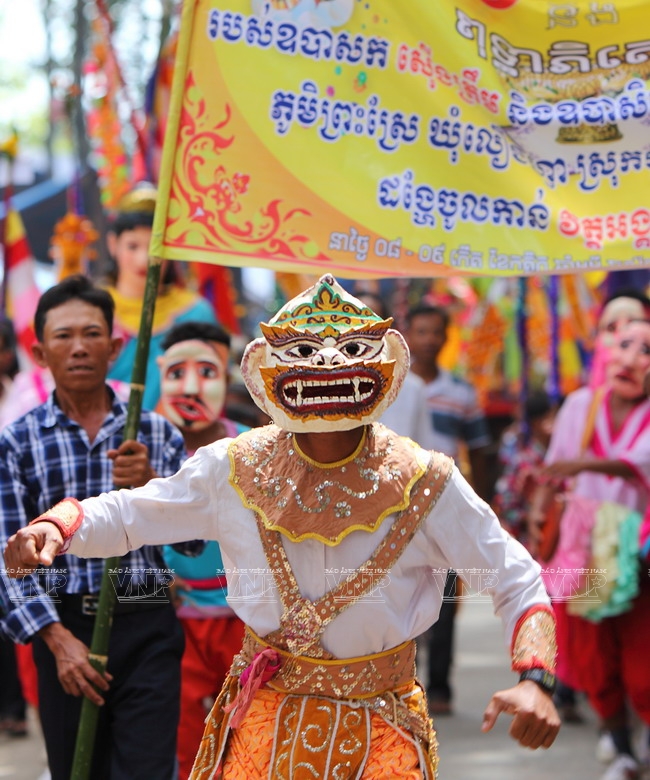
A man wearing a mao leads the procession during the Chol Chnam Thmay Festival. Photo: Nguyen Luan/VNP |
Lam Sony, 27 years old, in Ba Se A Village, Luong Hoa Commune, Chau Thanh District, TraVinh Province, said that he has been making
mao and masks for over 15 years and he was taught by his father, Lam Phen, a veteran artisan with 30 year experience. He added that
mao and masks are usually made from fabric and paper, each with its own features showing the aesthetic taste and creativeness of the makers.
The process consists of some difficult stages, such as making plaster moulds, covering the moulds with fabric or paper and painting them with decorative patterns. For the first stage of creating the moulds, the artisans must knead the pasty clay before shaping the heads of characters or animals with eyes, noses, mouths and ears. They then dry the moulds for a few days. Today, some use cement to form the moulds which can be used several times. After the mould has dried, they use 5x7cm pieces of fabric which is coarse or the type often used to make mosquito nets, or slips of paper to add to the moulds using different kinds of glue, including the resin of the green fruit of
Thon hop trees. Normally, a frame is covered with 8-12 layers of fabric or papier-mâché to make mao and masks thick and hard. Right after all the layers become sticky and firm, the mao and mask are cut off the mould and additional layers are added to cover the cut. For mao making, it requires one more stage of forming its head before decorating with patterns and painting. Depending on every character, such as Hanuman monkeys, princesses and queens, and clowns the artisans must follow common technique standards in terms of shapes, colours and distinctive patterns.
According to artisan Kim Manh in Tra Les Hamlet, Tan Son Commune, Tra Cu District who has spent 30 years making mao and masks, the craft requires the artisans’ thorough understanding of the art and the Khmer culture to make their products soulful and meet the standards. All stages are done by hand and require patience, creatives and carefulness in every detail. The time to complete a product depends on how complicated it is. At present, the artisans make mao and masks according to the orders of customers or for their traditional festivals such as Chol Chnam Thmay, Ok Om Bok and Don Ta.
To preserve and promote the unique craft of the Khmer people, some training courses have been organised by the Centre for Educational Exchange with Vietnam and the provincial museum of the southern province of Tra Vinh and some artisans to teach passionate youngsters the skill of making mao and masks.
Some types of traditional masks and mao of the Khmer people:
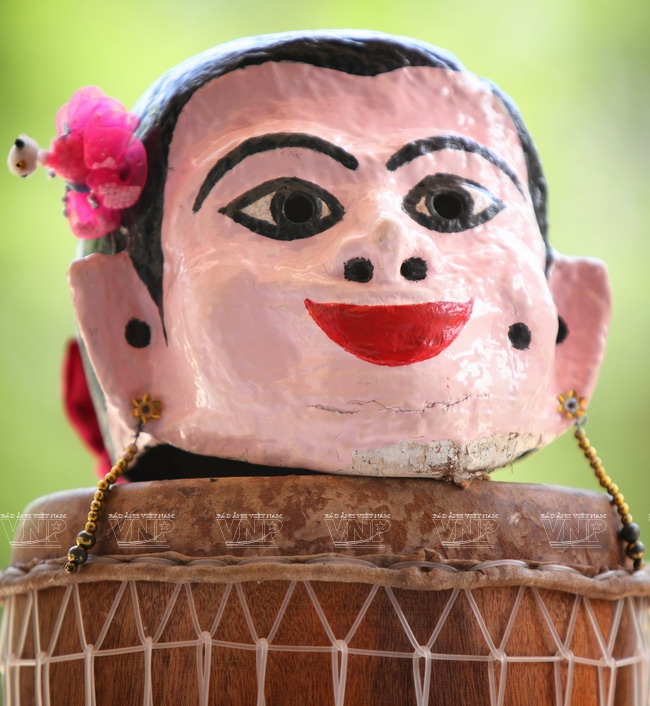
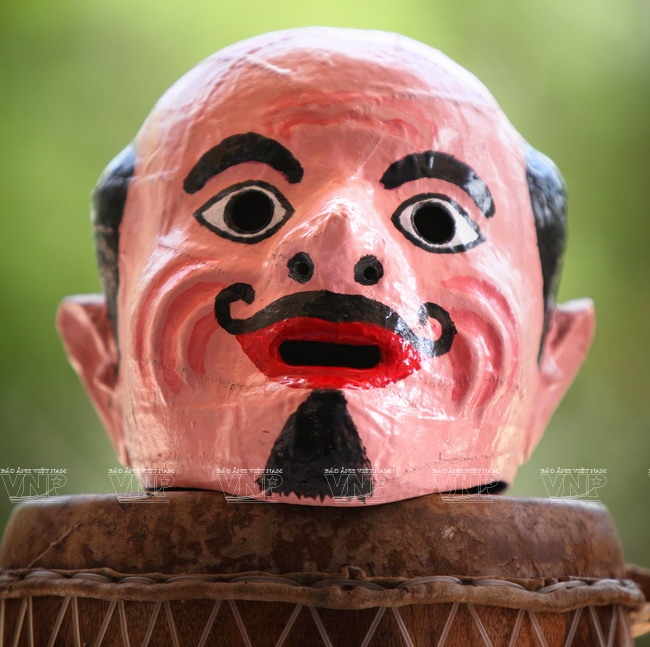
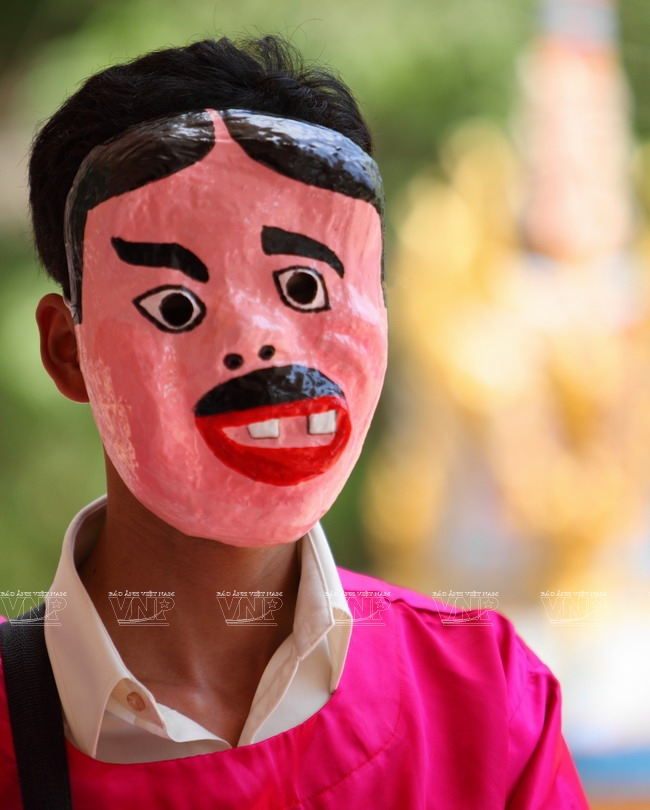
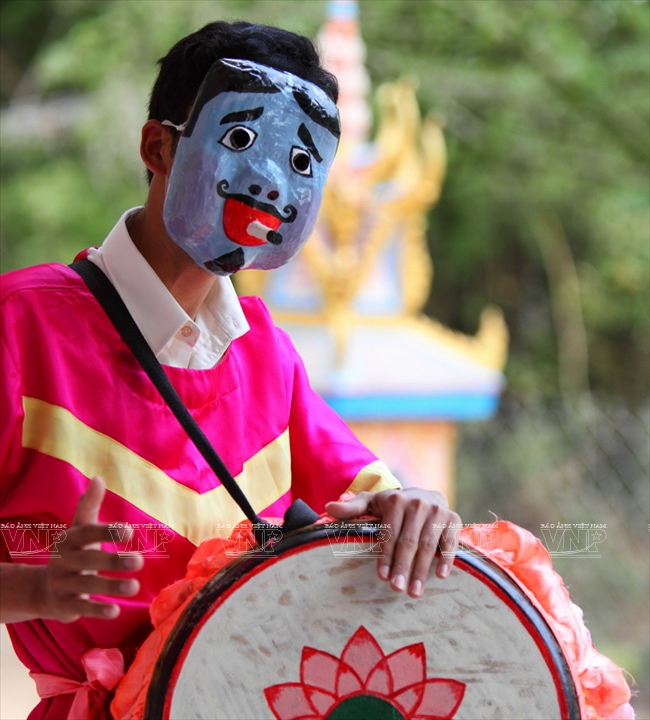

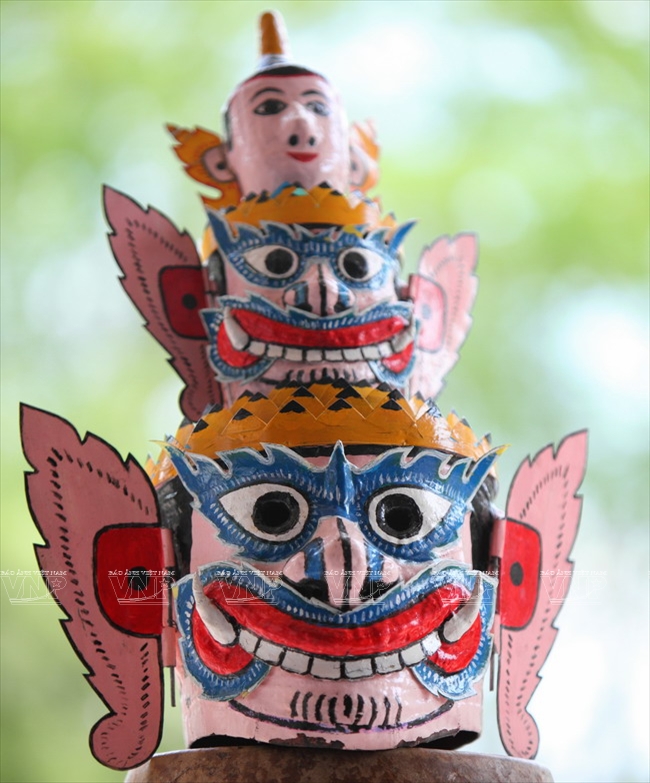
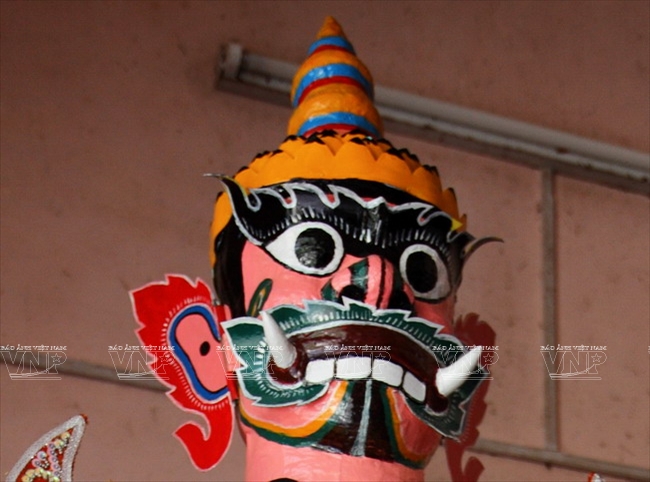
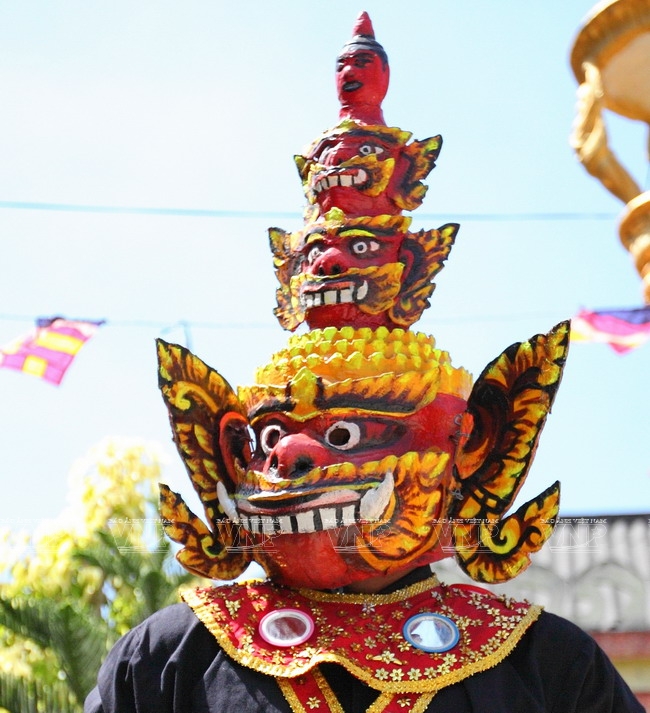
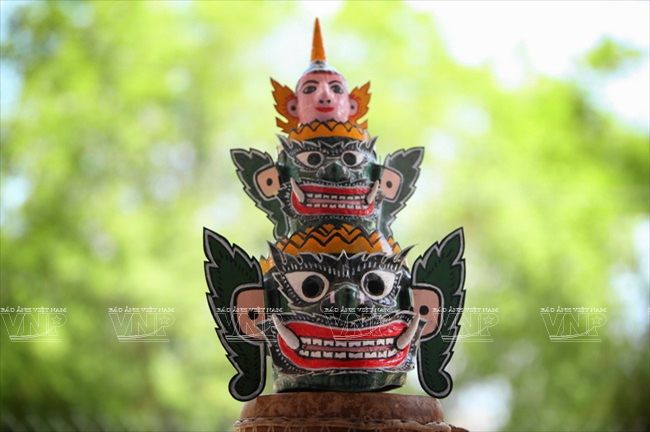 |